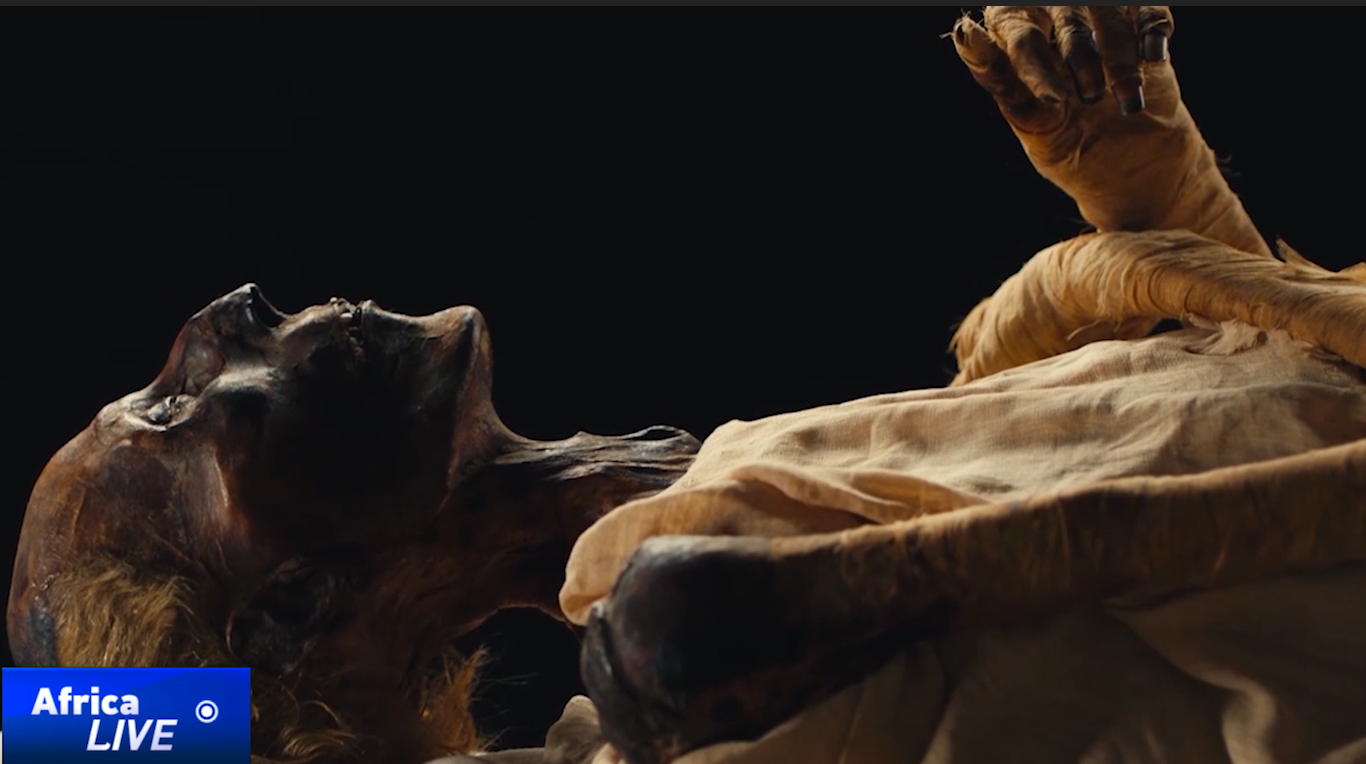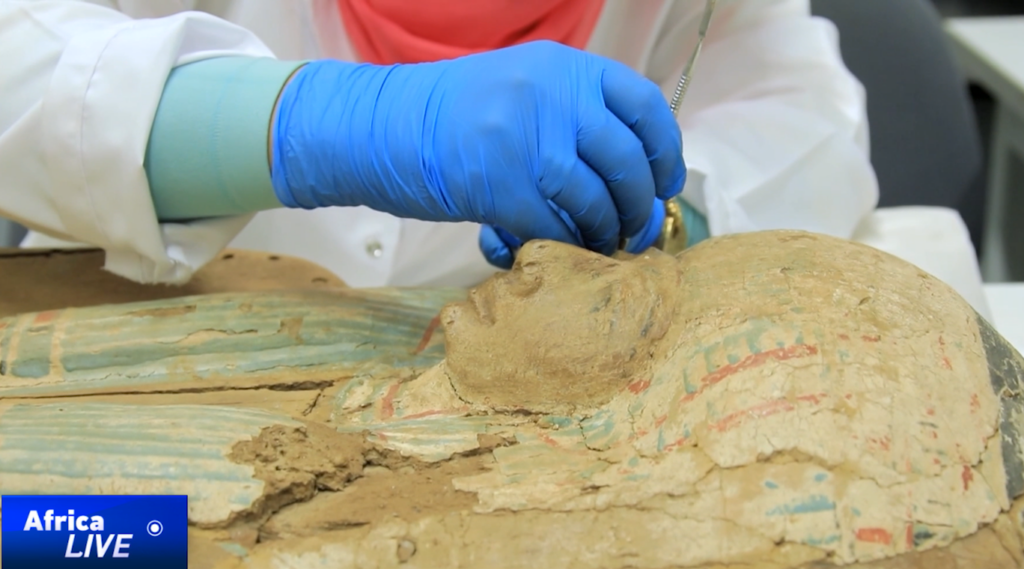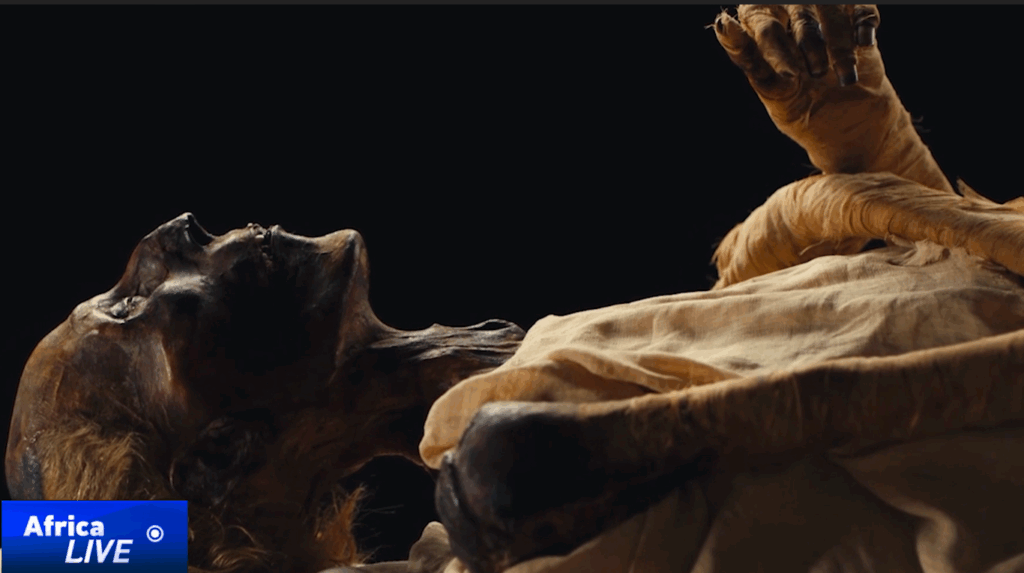
read 2 Min
A groundbreaking DNA analysis of the 4,600-year-old skeleton of Egypt's Nile Valley provides new clues as to the origins of one of the greatest civilizations of history. The findings, the first such biological evidence from this period, reveal how ancient Egypt evolved from scattered agricultural communities into a strong, unified society.
The skeleton, excavated in the village of Nuweilat in southern Egypt, belongs to a potter's man who lived around 2600 BC and died between the ages of 44 and 60.

A key scientific achievement, DNA analysis shows that 80% of his ancestors have reached local Egyptian populations, while 20% are Mesopotamia, or Modern Iraq or Syria, about 1,500 kilometres away. This discovery raises interesting questions about ancient migration, trade and cultural exchange.
“When history and science converge, the results are profound. This study shows that there is no such thing as “pure race.” ” said Bassam el-Shammaa, an international lecturer in Egyptology. “Migration, marriage and trade, consistent with historical evidence, led to a rich blend of ancestors.”
However, experts caution us to interpret these findings. Sahar Salem, a radiologist and mummy expert, warns against a simplified tale of the origins of ancient Egypt.
“There was a “whitewashing” claim that “blackwashing” was linked to Egyptians with Europe and only to sub-Saharan Africa. This DNA shows 80% of the local Egyptian ancestors and challenges those extreme challenges.

The remains of Nuweyrat Man, preserved under ceramic tiles, have provided a rare opportunity to overcome common challenges in ancient DNA research.
Egypt's hot climate often degrades genetic material, and pollution can distort the results for centuries.
“It is extremely difficult to extract viable DNA from samples from ancient Egypt,” explains Salem. “The heat of ancient DNA and a limited reference library make this an incredible feat.”
The findings also challenge the assumptions about life in ancient Egypt. Previously, scholars estimated the average life expectancy to be 35-40 years, but this age of human death (44-60 years) has provided new insights into the health, medicine and everyday life of ancient Egypt, with some living quite long. This finding marks a turning point, but experts agree that more testing is required before rewriting the history.
“This is a promising start, but ancient DNA research faces hurdles like degradation and contamination,” says Salem. Wider sampling of regions and periods across the entirety is important to construct richer images.
(Original story by Yasser Hakim)
Post view: 83


